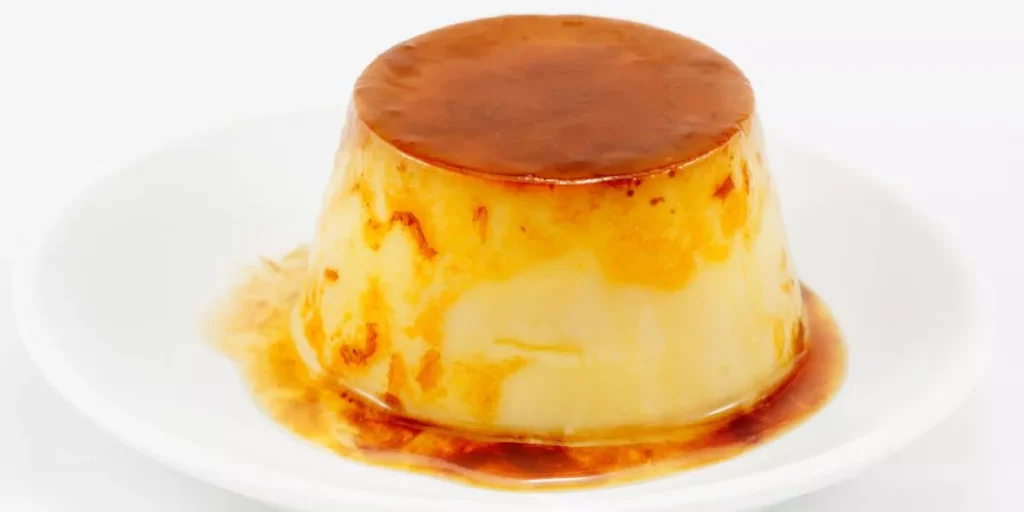
When it comes to caramelization, achieving that perfect balance of sweetness and depth is an art form. Have you ever wondered what truly makes caramelization so captivating? The process goes beyond mere heating of sugar; there’s a whole world of chemical reactions at play that contribute to its exquisite flavor development. So, next time you’re in the kitchen with a pot of sugar and a desire for something decadently sweet, consider the intricate dance of molecules that ultimately unlocks the secret to caramelization’s irresistible allure.
The Science Behind Caramelization
To understand caramelization, you need to delve into the chemical reactions that occur when sugars are heated. When sugar is exposed to heat, its molecules begin to break down and transform. At first, the sugar melts into a clear liquid, then starts to change color and release a rich aroma. This process is crucial in creating the golden-brown hue and complex flavors associated with caramelized foods.
As the sugar heats up, it goes through several stages of transformation. Initially, water evaporates from the sugar, causing it to melt and eventually turn into a thick syrup. As the temperature rises further, the sugar molecules break apart, forming new compounds that give caramelized foods their characteristic taste. The longer the sugar is heated, the more complex these compounds become, leading to a deeper and more intense flavor profile.
In essence, caramelization is a delicate dance of heat and sugar, resulting in the creation of decadent treats and savory dishes that tantalize the taste buds. Understanding the science behind this process can elevate your culinary skills and open up a world of sweet possibilities.
Maillard Reaction Explained
Exploring the Maillard Reaction sheds light on another fascinating aspect of the chemical transformations that occur during cooking, particularly when sugars interact with proteins at high temperatures. This reaction is responsible for the browning and flavor development in a variety of foods, from seared steaks to toasted bread. When heat is applied to sugars and proteins, they undergo a complex series of reactions that lead to the creation of new flavor compounds and the characteristic brown color associated with caramelization.
During the Maillard Reaction, the amino acids in proteins react with reducing sugars in a process that involves multiple steps. As the temperature rises, these compounds rearrange and form hundreds of different flavor compounds, resulting in a rich and complex taste profile. The Maillard Reaction occurs at temperatures above 140°C (285°F) and is essential for creating the desirable flavors and aromas in many cooked foods. Understanding this reaction can help you control the browning process and achieve the perfect caramelization in your dishes.
Tips for Perfect Caramelization
For achieving perfect caramelization, ensure your pan is preheated to the right temperature before adding sugar. Preheating the pan allows for even distribution of heat, helping the sugar to caramelize uniformly.
When adding sugar to the hot pan, make sure to spread it out in an even layer. This will promote quicker and more consistent caramelization. Avoid stirring the sugar immediately after adding it to the pan. Let it melt and begin to caramelize on its own before gently swirling the pan to mix if needed.
Keep a close eye on the sugar as it caramelizes, as it can quickly go from golden brown to burnt. To prevent crystallization, you can add a small amount of corn syrup or lemon juice to the sugar before heating.
Lastly, once the desired color is achieved, remove the pan from the heat to prevent overcooking. By following these tips, you can master the art of caramelization and unlock its sweet, rich flavors.
Enhancing Flavor With Caramelization
Enhance your dishes’ flavor profiles by utilizing the transformative power of caramelization. When you caramelize ingredients like onions, garlic, or sugar, you unlock a depth of flavor that can take your dishes to the next level. The browning process that occurs during caramelization creates complex, rich flavors that enhance the overall taste of your food.
By caramelizing vegetables such as onions, you can add a natural sweetness and a nuanced savory undertone to your dishes. This technique is particularly useful in soups, stews, and sauces, where the caramelized flavors can meld with other ingredients to create a harmonious taste experience.
When caramelizing sugar, whether for desserts or savory dishes, you can achieve a deep, complex sweetness that enhances the overall flavor profile. From crème brûlée to caramelized carrots, the Maillard reaction that takes place during caramelization adds layers of flavor that can elevate even the simplest of dishes.
Incorporating caramelization into your cooking repertoire can open up a world of culinary possibilities, allowing you to create dishes that are rich, flavorful, and truly memorable.
Trending Products














